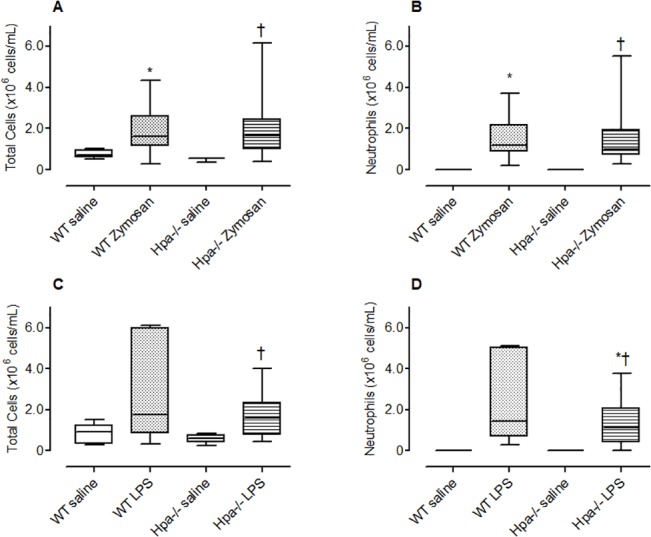Fig 2. The effect of genetic modification of heparanase on neutrophil recruitment to the lung.

The total number of inflammatory cells (A, C) and neutrophils (B, D) recruited to the lung following acute exposure of wild-type (WT), and Hpa-/- mice to intranasal (i.n.) saline, zymosan (A, B) or LPS (C, D). Data presented as box plots (median, 25–75 percentile) with whiskers representing 5–95% confidence interval. The number of animals represented by box plots in each panel is as follows; Panel A, B: Saline treated group (WT; n = nil ♀, 5 ♂; Hpa-/-, n = 2 ♀, 1 ♂) and zymosan treated group (WT; n = 4 ♀, 4 ♂; Hpa-/-, n = 3 ♀, 4 ♂). *p < 0.05 compared with saline; †No significant difference compared with WT zymosan. Panel C, D: Saline treated group (WT: wild type; n = 2 ♀, 3 ♂; Hpa-/-, n = 3 ♀) and LPS treated group (WT; n = 5 ♀; Hpa-/-, n = 4 ♀). *p < 0.05 compared with saline; †No significant difference compared with WT LPS. Data obtained from one experiment.
